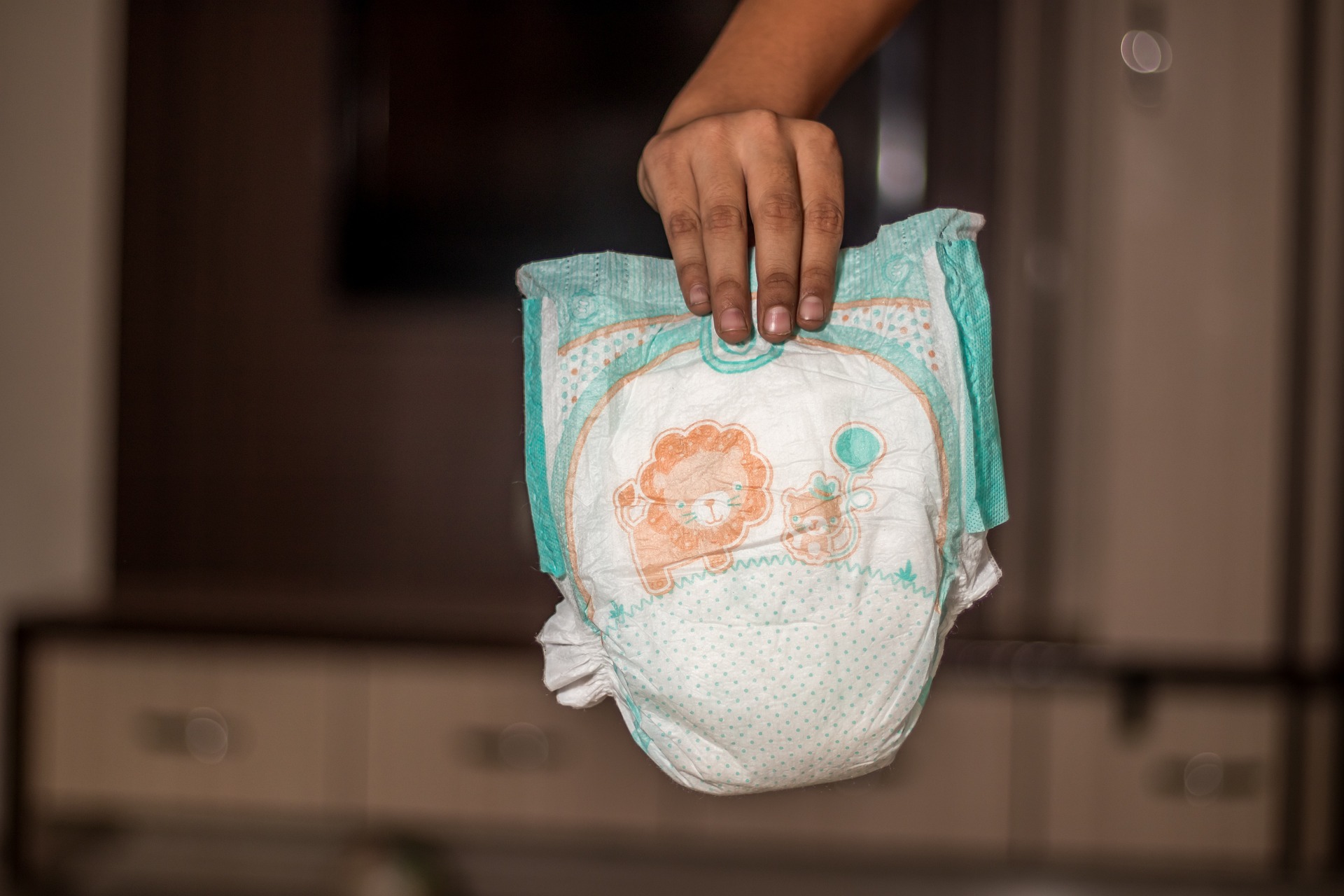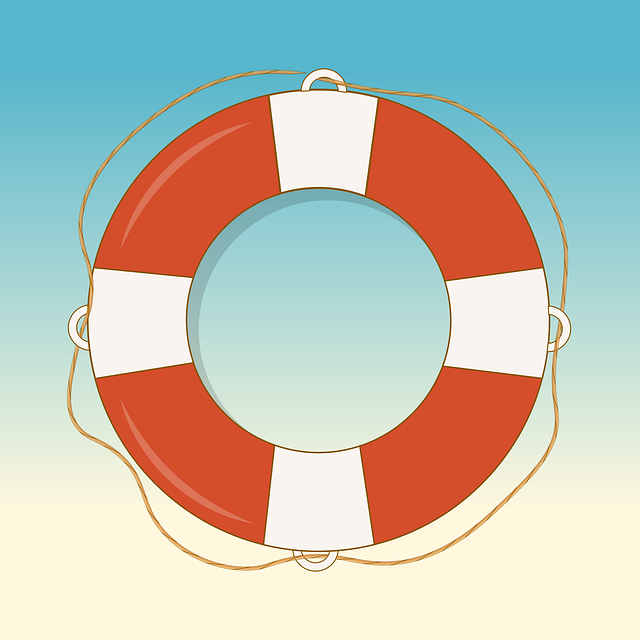Keep Kids Safe from Drowning!
Topic:
- Water Safety
Drowning happens when you least expect it!
In Florida, drowning is one of the leading causes of preventable death in children 1-4 years of age. To reduce the risk of drowning, use multiple layers of protection and restrict unsupervised access to water such as:
- Pools
- Hot tubs
- Canals
- Ponds
- Ditches
- Bathtubs
- Toilets
- and more!
Layers of protection include:
- Supervise
- Proper supervision is the most effective drowning prevention
- Know your surroundings and possible drowning risks to your child at home and when traveling.
- Ensure young children are always supervised by a trusted caregiver.
- Assign a Water Watcher and use touch-supervision.
- Never leave a child alone near water, even for a second.
- Proper supervision is the most effective drowning prevention
- Barriers and Alarms
- Use barriers to water access
- Install and maintain 4-foot pool fencing and self-closing, well-latching gates and doors.
- Secure and lock all doors, windows, and pet doors.
- Install door chimes or alarms.
- Routinely check for needed repairs to fencing, gates, and barriers.
- Use barriers to water access
- Swim Safety
-
- Seconds count! CPR training saves lives.
- Water survival skills training and swim lessons can help reduce drowning risk for children between the ages of 1-4.
- By their 4th birthday, most children are ready for swim lessons.
- Swim lessons are not a replacement for supervision.
- Make a family drowning prevention plan and ensure all family members know how to swim.
-
- Did you know?
- While most child drowning incidents occur in a pool, nearly 70% of those children were not expected to be in the pool at that time.
- Distracted caregivers are a primary factor in child drowning incidents.
- Most drowning happens without a sound.
- Drowning incidents are preventable.
To learn more, visit: WaterSmartFl.com












